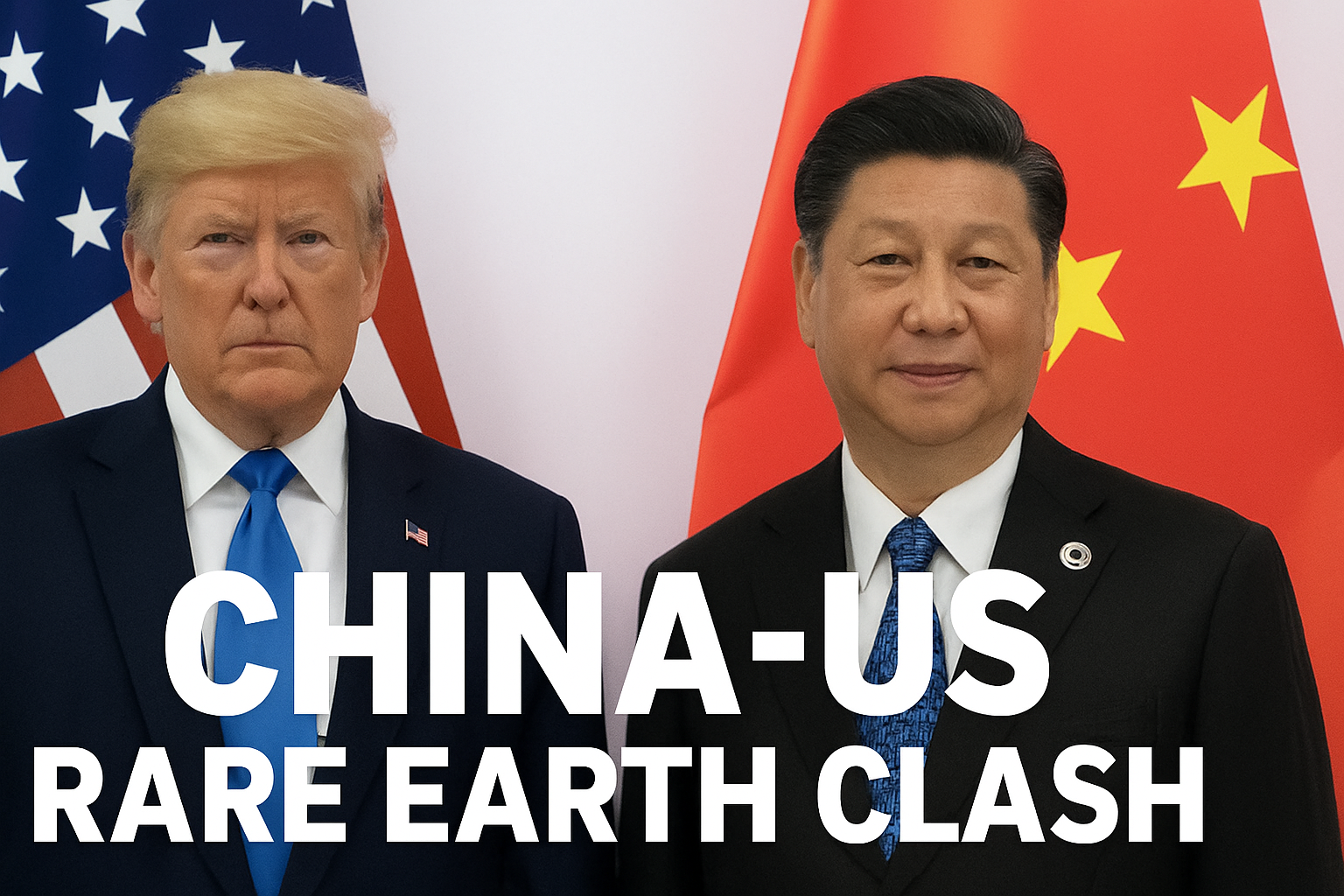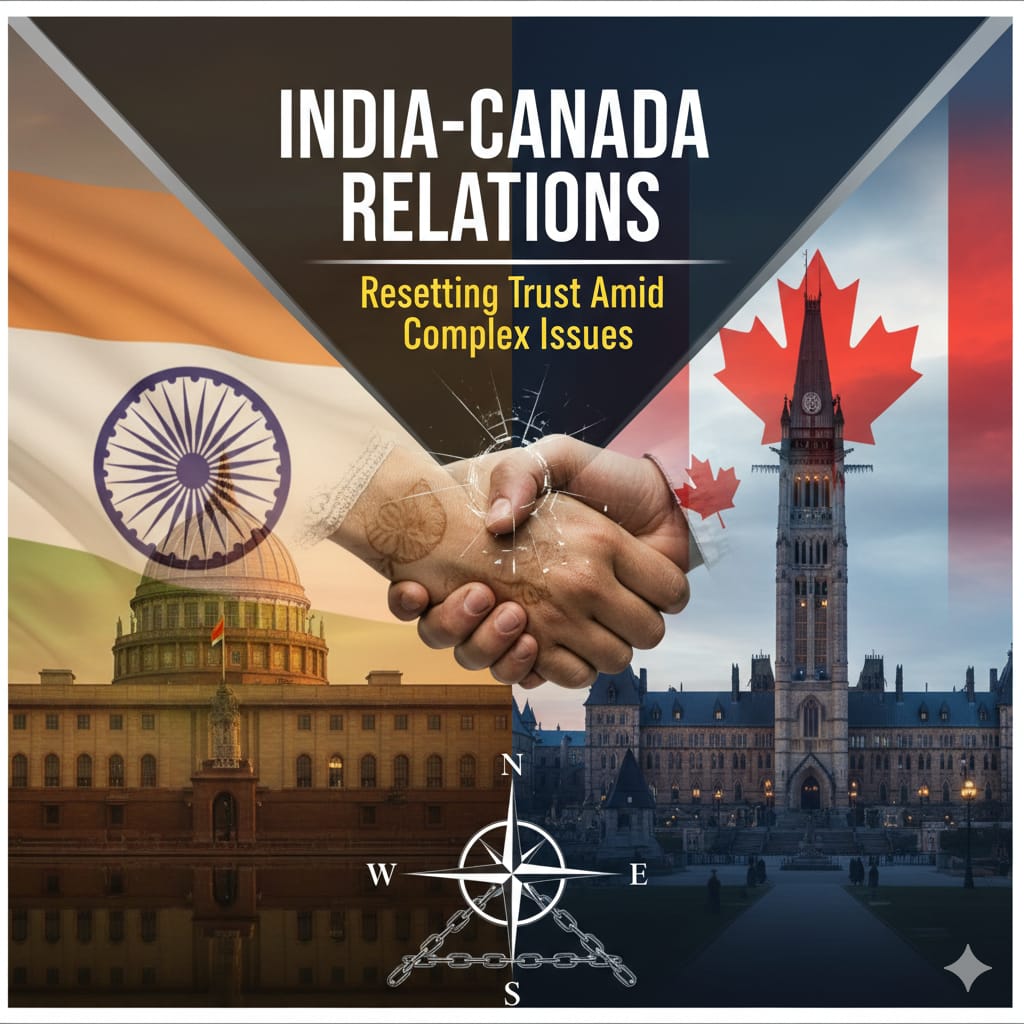
When Canadian foreign minister Anita Anand visited New Delhi and Mumbai last week, it was more than a courtesy visit. It marked an attempt to reopen the dialogue between two democracies that have shared history, people, and promise—but lately, too much mistrust. After years of diplomatic strain, both governments are now trying to rediscover the value of cooperation through trade, technology, and energy security.
How Relations Reached a Breaking Point
The recent rift between India and Canada did not emerge overnight. It has been brewing for years over issues of political sensitivity, mainly the Khalistan movement. India has repeatedly expressed concern that separatist elements are being allowed to operate freely on Canadian soil. Ottawa, on the other hand, insists that it must uphold freedom of expression under its democratic framework.
Matters worsened in 2023 when Canadian leaders made public allegations linking Indian agents to the killing of a Sikh separatist leader in British Columbia. The fallout was swift: diplomatic expulsions, stalled visa services, and frozen trade talks. For a time, even routine cooperation became a political minefield.
Economic and Strategic Stakes
Despite the chill, the economic logic of cooperation remains strong. India is one of the fastest-growing major economies and a vital market for Canadian energy, agriculture, and education sectors. Canada, with its vast reserves of critical minerals and advanced technology, can support India’s clean-energy transition and industrial growth.
Both sides understand that complete disengagement serves neither. India’s rise as a manufacturing hub and Canada’s need to diversify away from overdependence on traditional markets like the United States create a natural alignment of interests. Yet, rebuilding that bridge will take time, patience, and trust.
The New Vocabulary of Partnership
The renewed talks between New Delhi and Ottawa are being framed not just in terms of trade but as a broader economic-security partnership. The idea is to look beyond tariffs and goods and instead focus on supply-chain resilience, digital standards, and technology exchange.
Anand’s visit, according to experts, signals a deliberate effort to craft a strategic roadmap for long-term cooperation. Areas such as semiconductors, artificial intelligence, cybersecurity, and clean energy are now seen as the building blocks of a modern bilateral framework. A proposed India–Canada Technology Council is being discussed to give institutional shape to this partnership.
The Barriers That Still Stand
Yet, optimism must be balanced with realism. Canada’s geography and cost structure make large-scale energy exports to India challenging. India’s regulatory system, with its emphasis on self-reliance and complex federal procedures, often slows foreign participation. Moreover, political cycles in both countries can shift priorities quickly, leaving projects half-finished or forgotten.
Perhaps the biggest barrier, however, remains public perception. Many Indians see Canada as inconsistent on issues of sovereignty, while Canadians worry about India’s tightening control over dissent. Rebuilding faith among ordinary citizens—students, investors, and tourists—will be just as important as any government agreement.
Beyond Disputes: The Case for Renewal
A pragmatic reset serves both countries at a moment of global uncertainty. The world economy is realigning around trusted supply chains, clean-energy goals, and digital governance. India and Canada, if they can overcome political suspicion, have complementary strengths to offer each other.
For Canada, India represents a pathway to the Indo-Pacific—a region central to its long-term foreign policy goals. For India, Canada offers access to capital, advanced research, and critical minerals essential for its green and defence sectors.
Reconciliation will not be easy, but it is necessary. By building frameworks for energy cooperation, technology exchange, and transparent governance, both nations can move from managing crises to creating shared opportunities. In many ways, this is not just about trade or diplomacy; it is about two democracies learning to trust again in a world where trust itself has become a strategic resource.



.jpeg)


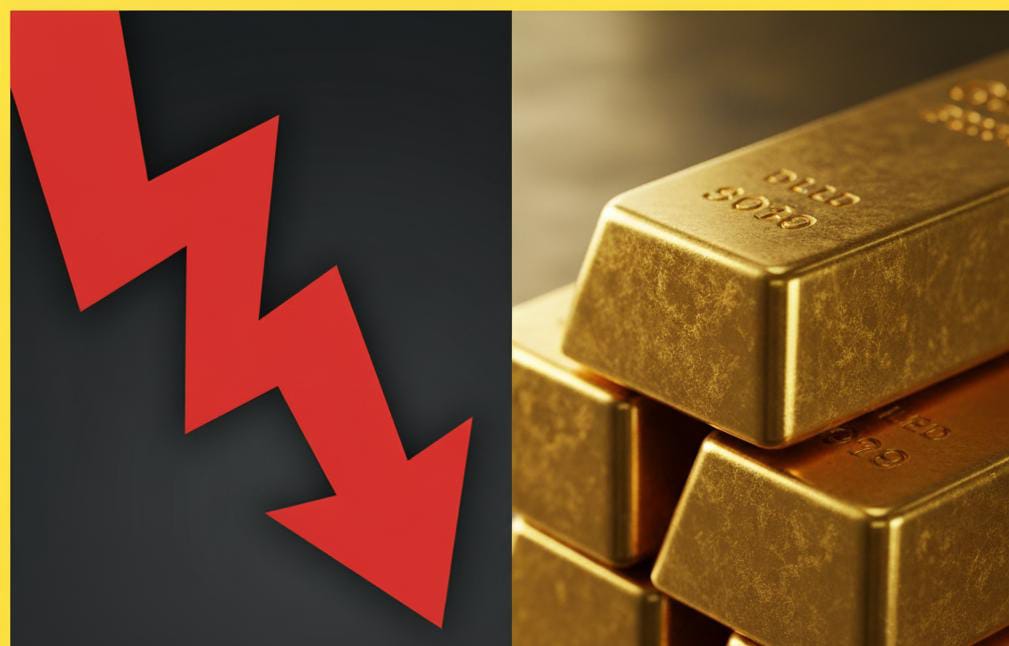

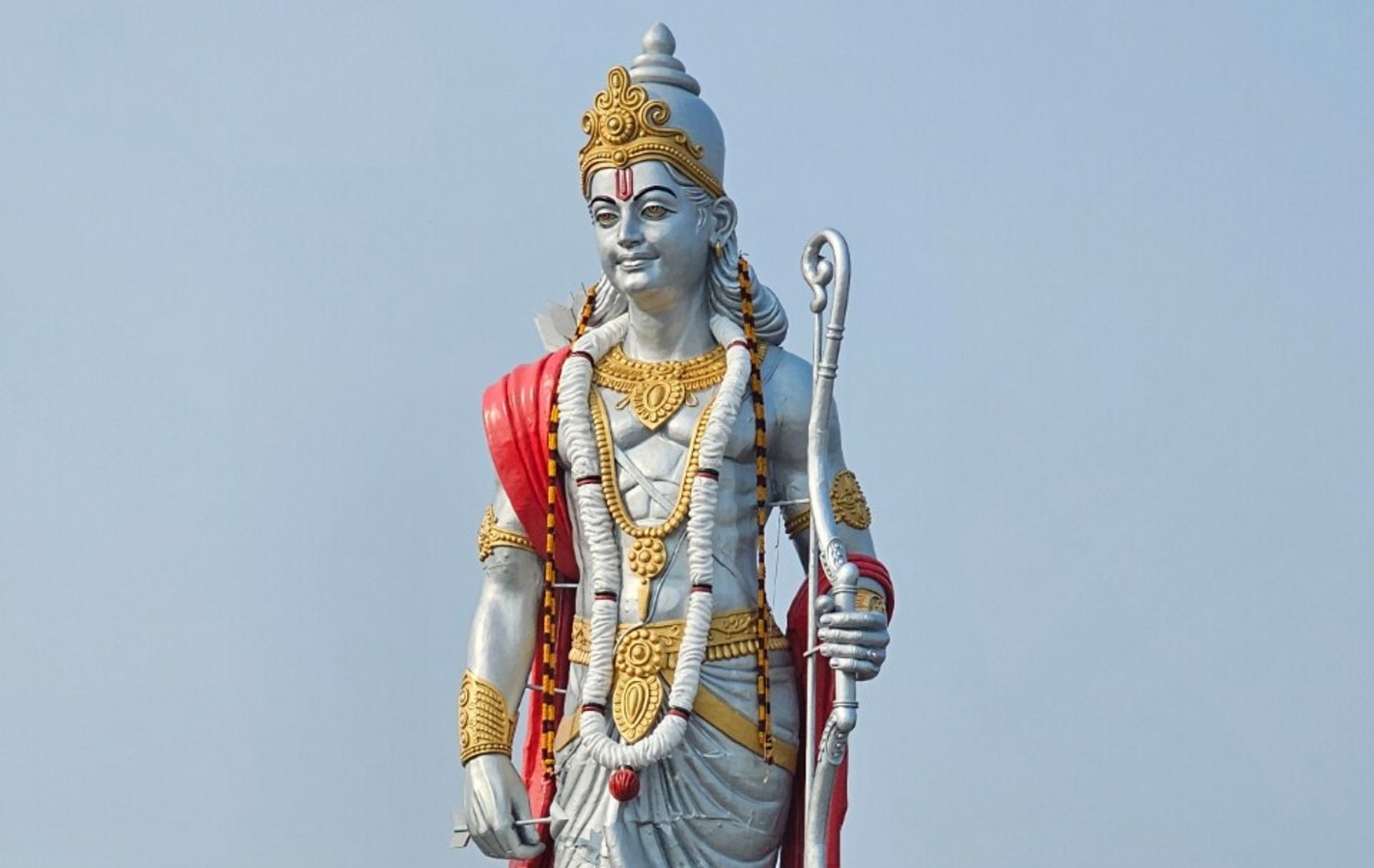
.jpeg)
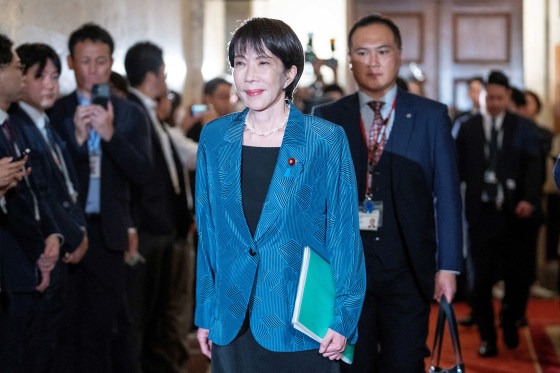


.jpeg)

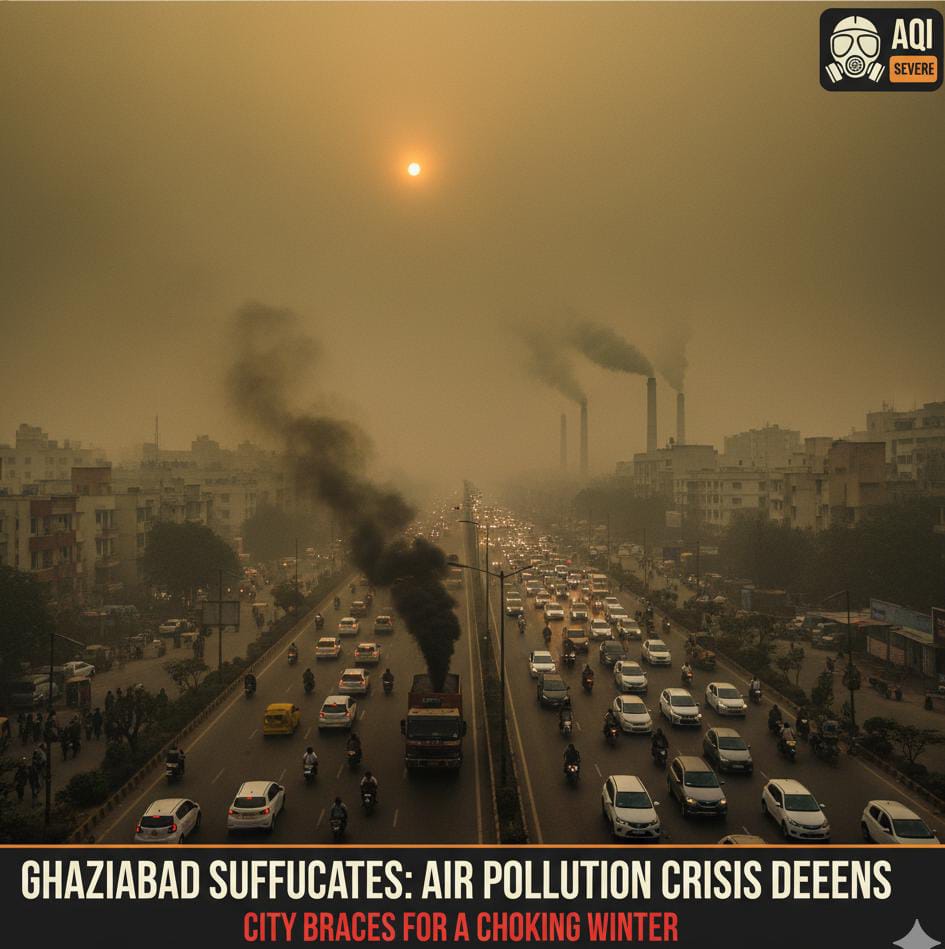

.jpeg)
.jpeg)
.jpeg)
